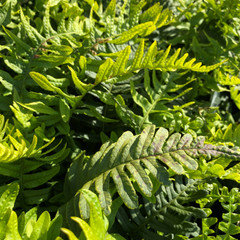Description
Privet seems to be unfashionable as a hedging plants these days - no doubt in part due to its widespread use as a cheap and cheerful replacement for iron railings which were removed as part of the war effort following a Government requisition order in 1941 - but it is a first rate choice as an economical semi-evergreen hedging plant, with much to recommend it.Common or Wild privet (Ligustrum vulgare) is the only variety which is native to the UK, and is very tolerant of a wide range of conditions, thriving in cold, exposed sites (although it will lose its leaves in the depths of winter), as well as dry shade. The foliage is slightly larger than oval-leaved privet, and is an invaluable food source for the caterpillars of many species of butterfly and moth, including the Privet Hawk Moth, Britains largest native moth. The foliage is poisonous, so keep away from livestock. The small round berries are produced in abundance in late summer and are a valuable food source for many species of birds (although are mildly toxic to humans).
Privet grows at a fast rate - approx 50cm per year - so clip twice a year in spring and late summer to keep the hedge in check and looking at its best.
Plant in a single row, one plant every 45cm. Clip regularly from a young age to encourage a dense, bushy plant.






